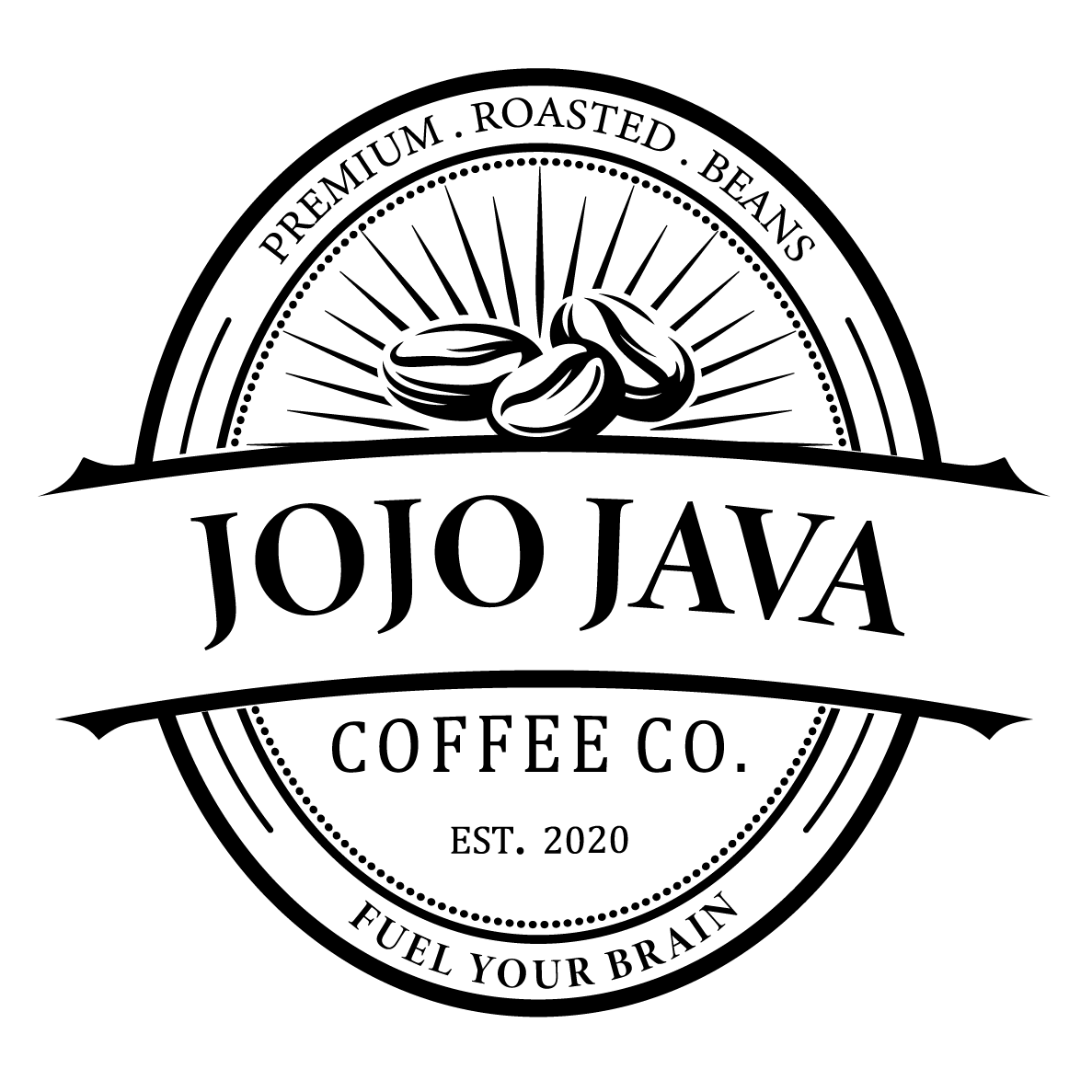With a growing number of people who transition from dark roasts to light counterparts, caffeine content matters today more than ever before. Many coffee drinkers, especially those who prefer light roast coffee, want to know whether it has more caffeine or not.
So, does lighter roast coffee have a greater amount of caffeine than dark roasts? It depends on the roasting process and many other things. In general, a light roast coffee has more caffeine. Even so, it’s not as simple as it may seem at first glance.
Read on to learn which factors affect caffeine levels and caffeine buzz in a cup of coffee. It’s worth reading!
Features of Light Roast Coffee
Unlike dark roast beans that have an oily surface and a shiny black color, light roast beans feature a light brown color, as their name implies. Light roasts have a more distinct flavor as well as a grassy and fruity smell. They don’t have oil on the surface, as it takes more roasting time for oils to release onto the surface. At the point when the light roast beans start turning medium brown, they feature a balanced level of acidity, flavor, and aroma.
>> Buy Light Roast Artisan Coffee Pods <<
Eventually, the coffee beans start popping or cracking while they are heated and expanding in size. They begin to crack and release the heat from 350°F to 400°F. That’s the first crack. It lets the coffee beans continue to absorb heat while cracking again. Light roast beans are used in a variety of coffee beverages just like darker roast beans. However, light roasts are usually used for drip brews and pour-over in many cafes. That’s because the beans create more flavors during the brewing processes, be it cold brew or hot brew.
What Has More Caffeine - Light or Dark Roast Coffee?
Let’s compare Robusta and Arabica beans. The contents of caffeine are 2.4% and 1.5%, respectively. It should be noted that several factors impact the percentage, including grind size, brewing method, and the type of coffee and roast. Let’s take a closer look at these determining factors.
1. Size of the Grind
The actual grind size has a great impact on caffeine levels. The ideal grind time for light coffee beans is 43 seconds, since the caffeine content stops increasing after that time. Avoid going overboard to prevent health issues associated with overconsumption, such as insomnia, anxiousness, nausea, and increased heart rate. According to the FDA (Food and Drug Administration), 400 mg of caffeine is a safe amount per day.
Grinding is necessary to extract caffeine from coffee beans. Depending on what coffee grinder you use, you’re unlikely to use various grind settings based upon the roast degree (dark, medium, or light). Therefore, chances are your grinds have the same coarseness level. Remember that the cell structure of the beans will start breaking down when roasting them longer. As a result, the beans will become more porous. That will make it easier for water to run through porous particles, thereby grabbing an extra amount of caffeine.
2. Type of Coffee
Arabica and Robusta are the most common types of coffee species used in North America. Robusta is used mainly in instant coffee and blends. Scientific research shows that Robusta coffee extracts contain much more caffeine than Arabica. It is estimated that Arabica makes up approximately 70 percent of coffee worldwide.
3. Degree of Roast
Caffeine level is also affected by roasting degree. Light roasts have less intense flavor despite having a greater caffeine content than dark roasts. That’s because more caffeine will burn off as the roasting time prolongs. When measured by volume, dark roasts may have 40% less caffeine than their light counterparts.
4. Brewing Method
Last but not least, the way your coffee is brewed will impact the eventual caffeine levels. For instance, espresso and cold brew have more caffeine than French press and Instant coffee. Listed below are caffeinated beverages ranked from most to least caffeine:
- Nitro Cold Brew (215 mg per cup)
- Drip Coffee (165 mg per cup)
- Cold Brew (155 mg per cup)
- Iced Coffee (120 mg per cup)
- Macchiato, Espresso and Cappuccino (approximately 75 mg per cup)
- Instant Coffee (63 mg per cup)
- Decaf Coffee (from 2 to 5 mg per cup)
Comparing Caffeine by Weight and Volume
Light roast coffee generally has more caffeine because of the greater content of caffeine in a single bean. This is especially true when using more ground coffee. It’s important to point out that every bean is altered in volume and weight while roasting. That said, the way the beans are measured is one of the most important factors in the final content of caffeine.
If they are measured by volume, a bowl of dark beans would have less caffeine than the same bowl of light beans. That’s because there are fewer, larger dark coffee beans than in the bowl or cup with light beans. However, 1 lb of a light roast would have less caffeine than 2 lb of a dark roast when measured by weight.
Weight & Caffeine Content
Generally speaking, most light coffee drinkers measure coffee by weight. If you weigh 100 grams each of roast, the pile of light roast coffee would be smaller than dark roast. It comes as no surprise given that the light roast loses less water during roasting. On the other hand, dark roasts don’t lose much of their caffeine during roasting. That is why light roasts contain less caffeine than dark roasts when measured by weight.
Volume & Caffeine Content
Dark coffee beans have less amount of caffeine than light beans when measured by volume. Why? This happens because coffee beans lose their weight during roasting. The content of caffeine in them by volume tends to decrease over time as a result of this chemical process. When measured with a scoop, light roast coffee generally contains more beans because of their smaller size. That’s why lighter roasts have more caffeine by volume and stronger brew per cup than darker roasts.
Summary
To sum up, a light roast coffee generally has more caffeine. It depends on many things though. The caffeine level is largely dependent on the type of coffee, bean origin, grind size, roasting degree, the actual size of the grind, age of the coffee, and method of brewing.
Additionally, weight and volume also influence caffeine content. A cup of dark coffee has less caffeine than a cup of light coffee when measured by volume. However, if these coffee beans are measured by weight, then dark roast would have more caffeine.
Lastly, here are a few tricks for those who prefer to drink light roast coffee rich in caffeine. These tricks can help you extract more caffeine. Grind coffee beans more finely, increase the water-to-coffee ratio, or up water temperature slightly. All of this will result in higher extraction of caffeine. Give it a try!
>> Check our selection of Blue Mountain Coffee here <<


